The dazzling rise of artificial intelligence (AI) has transformed the U.S. stock market into a battleground between believers and skeptics. Investors are pouring billions into technology companies promising to revolutionize industries through machine learning, automation, and generative AI — but growing concern now surrounds whether Wall Street’s enthusiasm has crossed the line into speculative excess.
Over the past year, shares of AI-related firms — from chipmakers to software giants — have surged at an unprecedented pace. Market indices have repeatedly set new records, buoyed by optimism that AI will unlock new frontiers of growth and productivity. Yet, beneath the euphoria, whispers of a potential bubble are becoming louder, raising the question: is the market chasing innovation, or inflating another illusion?
A Market Driven by AI Fever
AI has not only reshaped industries; it has reshaped investor psychology. Every quarterly earnings season brings a new wave of excitement as companies announce their latest AI ventures. Even firms with limited technological exposure have begun to reference “AI integration” in their reports, hoping to capture investor interest.
The Nasdaq Composite and S&P 500 have been heavily influenced by tech stocks, particularly those with deep ties to AI infrastructure and development. Semiconductor manufacturers, data-center builders, and cloud providers have become the backbone of this new wave, seeing massive inflows of capital and valuations soaring far beyond traditional metrics.
However, some analysts caution that this momentum has created a narrow and fragile rally, heavily dependent on a small group of megacap companies. If those firms falter, the broader market could feel the shock.
Echoes of the Dot-Com Era
Financial historians have been quick to draw parallels between the current AI enthusiasm and the internet boom of the late 1990s. Then, as now, investors raced to buy shares in companies promising to shape the digital future — many of which never delivered profits or viable products.
Today’s situation, though not identical, contains familiar warning signs. Price-to-earnings ratios for leading AI firms have climbed to levels that some strategists consider unsustainable. Venture capital investment in AI startups has skyrocketed, with billions flowing into firms that have yet to demonstrate clear paths to profitability.
The similarity is unsettling to many market veterans who lived through the bursting of the dot-com bubble in 2000. They warn that unchecked enthusiasm can blind even experienced investors to fundamental risks.
Institutional Concerns Mount
It’s not only private analysts voicing concern. Several major financial institutions and regulators have begun signaling unease. Reports suggest that central banks are monitoring asset inflation within the tech sector, fearing that a rapid revaluation could spill over into broader financial instability.
Economists point to several vulnerabilities:
- Concentration risk: A small group of AI-focused tech giants now accounts for a disproportionately large share of index performance.
- Overdependence on hype: Investor optimism, not tangible results, is driving much of the capital flow.
- Supply chain pressure: The global demand for advanced chips and cloud infrastructure is creating bottlenecks, raising costs and slowing delivery.
- Energy consumption: AI training and data storage require enormous energy inputs, potentially curbing profits and raising environmental concerns.
These factors, if left unchecked, could expose investors to sharp corrections should sentiment turn.
Supporters Say ‘This Time Is Different’
Despite the growing anxiety, many in the financial community insist that the AI revolution is fundamentally different from past speculative booms. They argue that unlike the internet bubble, today’s tech titans generate real profits, possess advanced infrastructure, and deliver measurable productivity gains.
Companies like major chipmakers and cloud providers are already seeing tangible benefits, as AI adoption expands across industries — from healthcare and logistics to finance and manufacturing. Proponents claim that these developments justify high valuations because they represent the early stages of a generational transformation.
Moreover, corporate investment in AI has become a global race, with nations competing for leadership in innovation. Governments, particularly in the United States and China, are supporting large-scale projects aimed at strengthening domestic AI ecosystems. This, supporters say, adds a structural backbone that reduces bubble risk.
Potential Triggers for a Market Correction
Still, even AI believers acknowledge potential risks that could jolt markets. Among the most discussed are:
- Earnings disappointments: If major AI firms fail to deliver on their lofty growth projections, investor confidence could erode rapidly.
- Rising interest rates: A tightening monetary environment could reduce the appeal of speculative assets, pulling valuations down.
- Regulatory action: Concerns over data privacy, misinformation, or national security could lead to new laws restricting AI applications.
- Geopolitical tensions: Export restrictions on chips or AI components could slow innovation and disrupt supply chains.
- Energy constraints: Power shortages or environmental regulations might hinder the expansion of massive AI data centers.
Any combination of these could turn euphoria into panic, particularly in a market already stretched thin by concentration in a few key sectors.
Investor Sentiment: Between Greed and Caution
For now, Wall Street remains divided. Some traders continue to ride the AI wave, confident that the long-term potential outweighs short-term volatility. Others, however, are quietly rebalancing portfolios — locking in profits and shifting toward defensive sectors.
Retail investors, many of whom entered the market during the pandemic, appear particularly vulnerable. Lured by success stories and social media hype, they risk being left exposed if the AI trend cools. Financial advisors are urging caution, emphasizing fundamentals over fads.
A Turning Point for the Tech Economy
The AI boom represents one of the most transformative economic shifts in decades, blending genuine innovation with speculative excitement. It is driving technological breakthroughs, reshaping industries, and inspiring global competition. Yet, as history often reminds investors, every great technological leap carries with it the danger of excess.
Whether this era will be remembered as the birth of a new industrial revolution or as the next great bubble depends on how sustainably businesses and investors manage their ambitions. As the lines between technological progress and market speculation blur, prudence may be the best safeguard against the next financial shock.

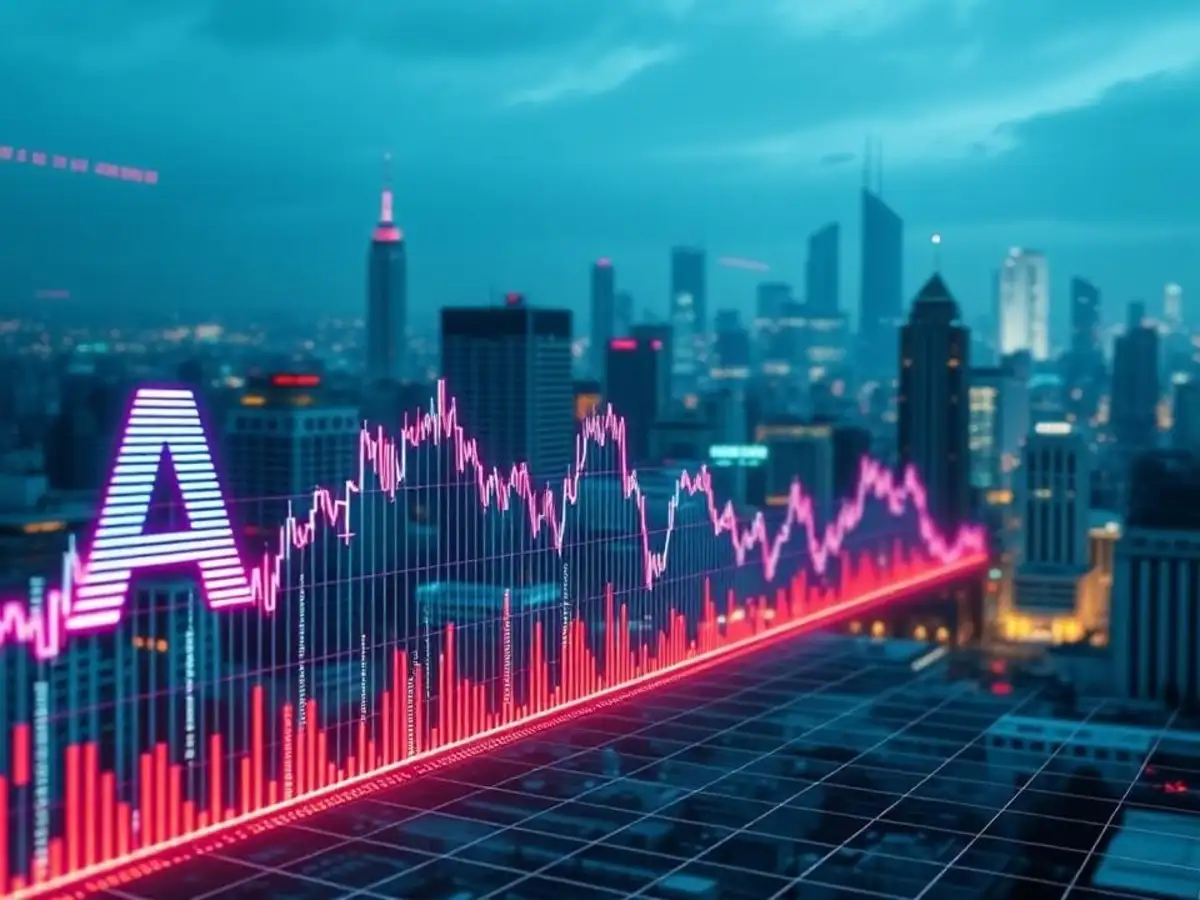
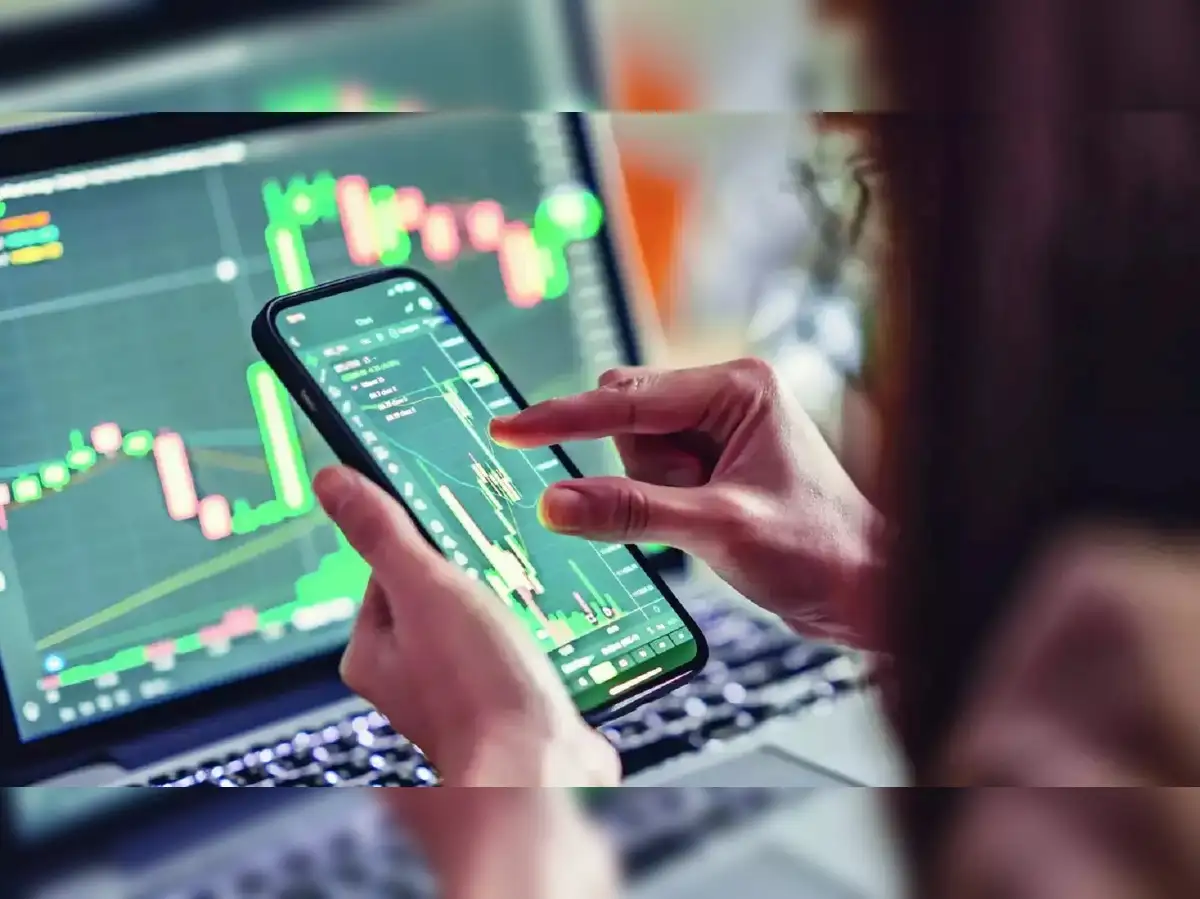

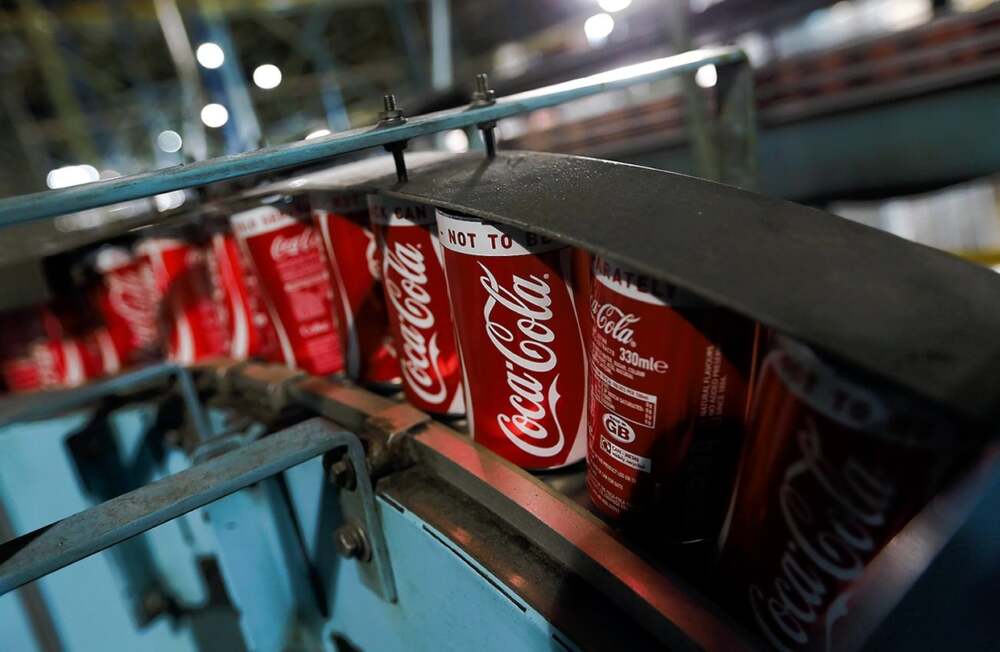

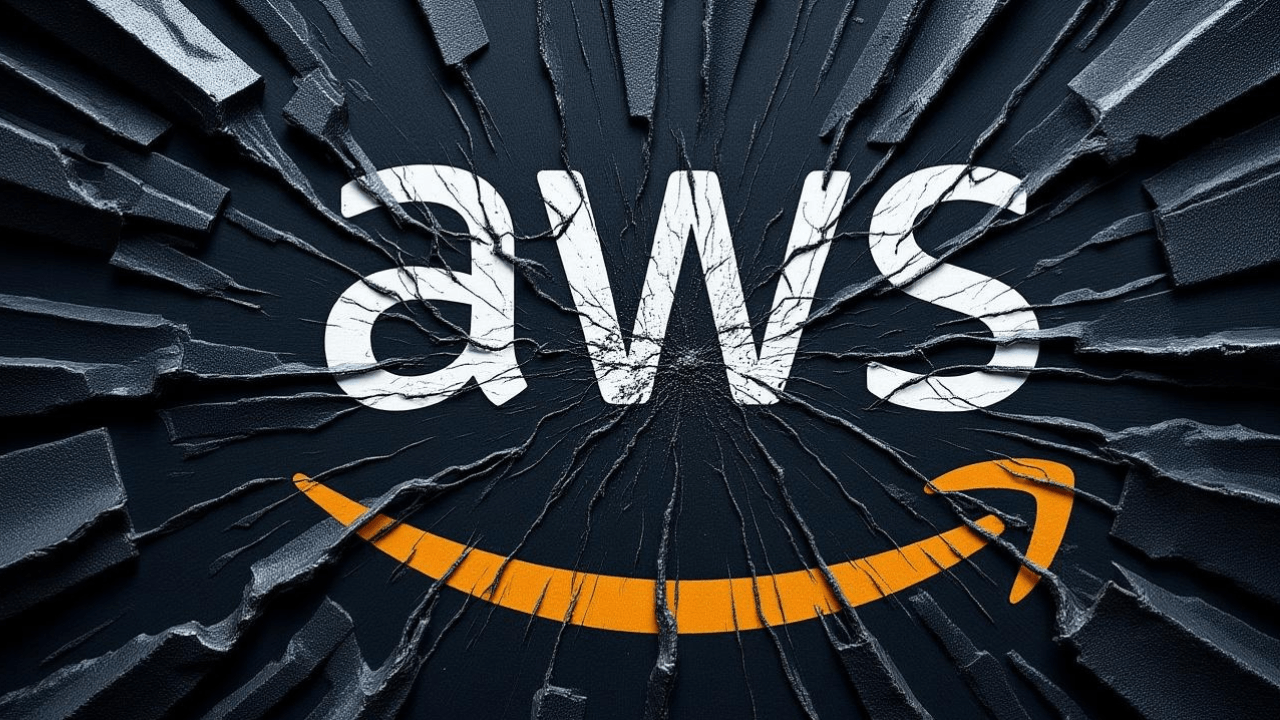

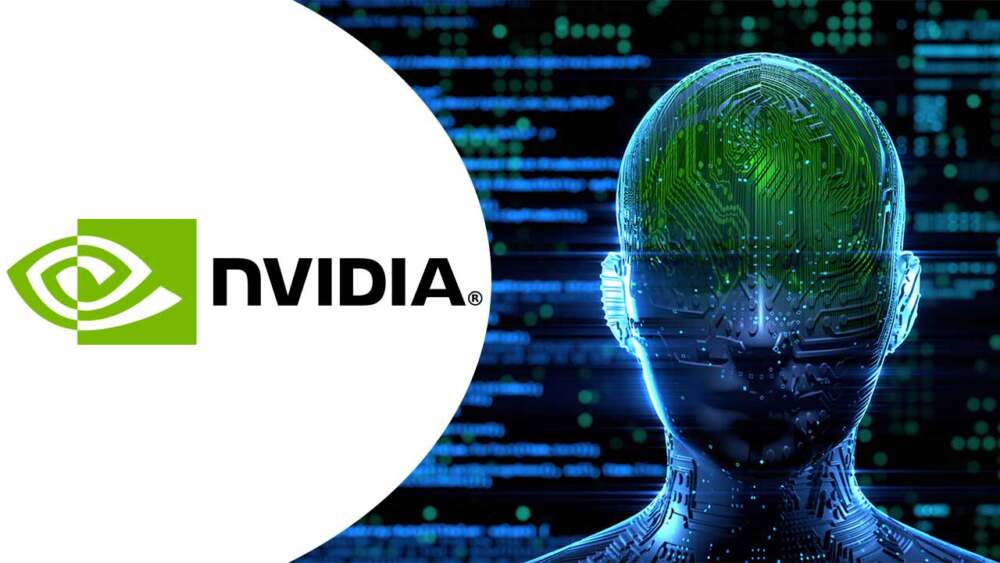
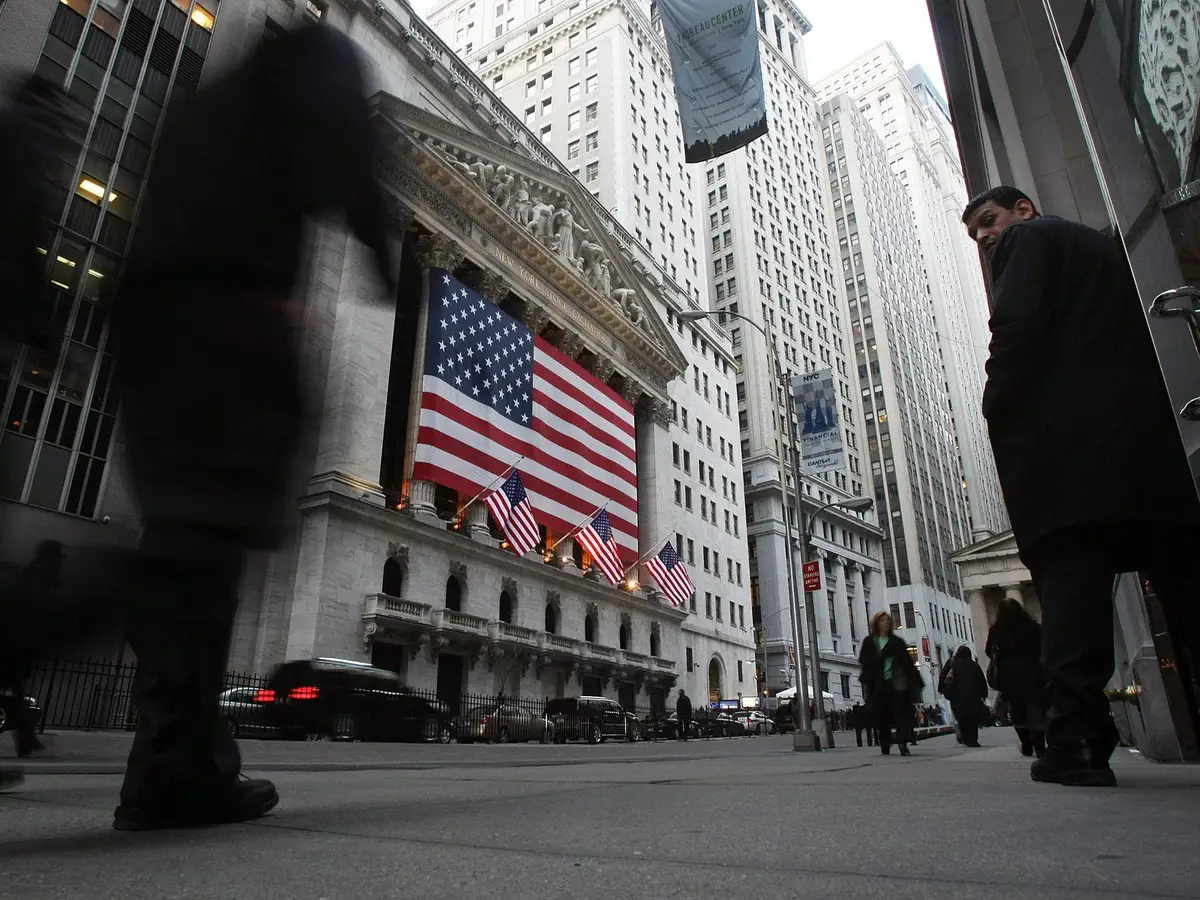
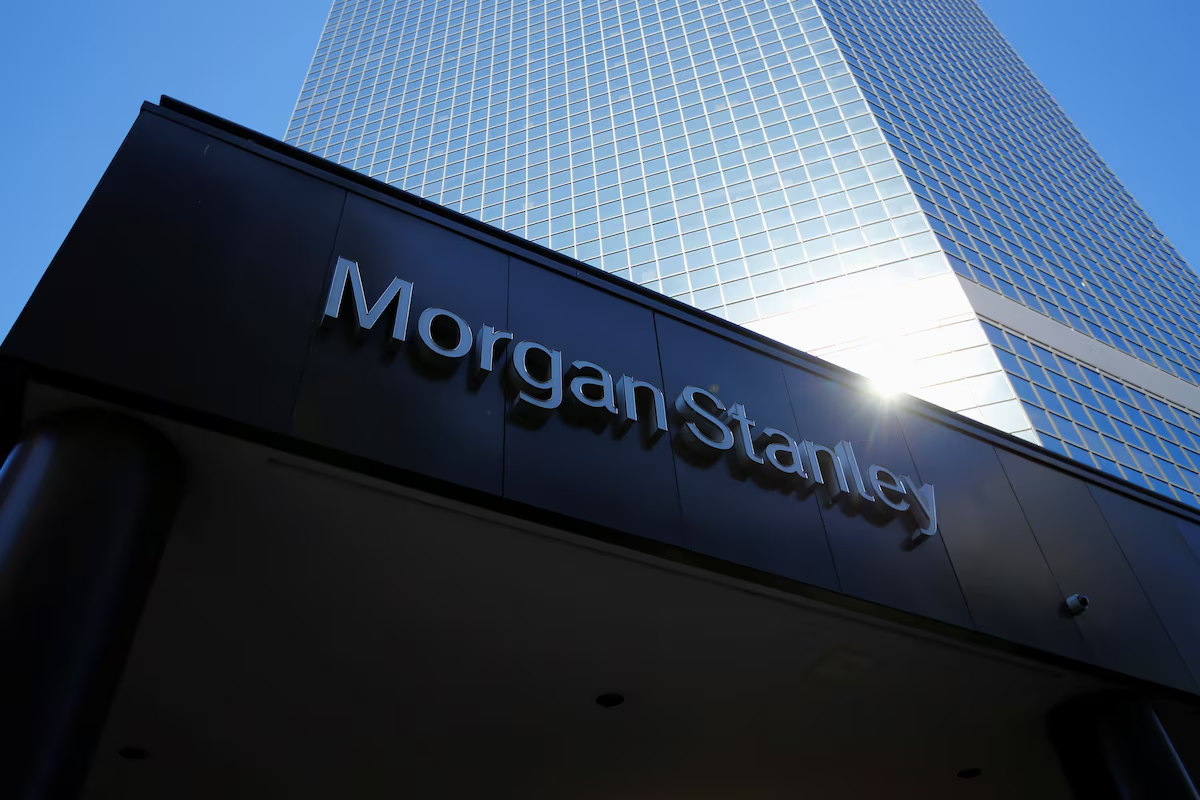
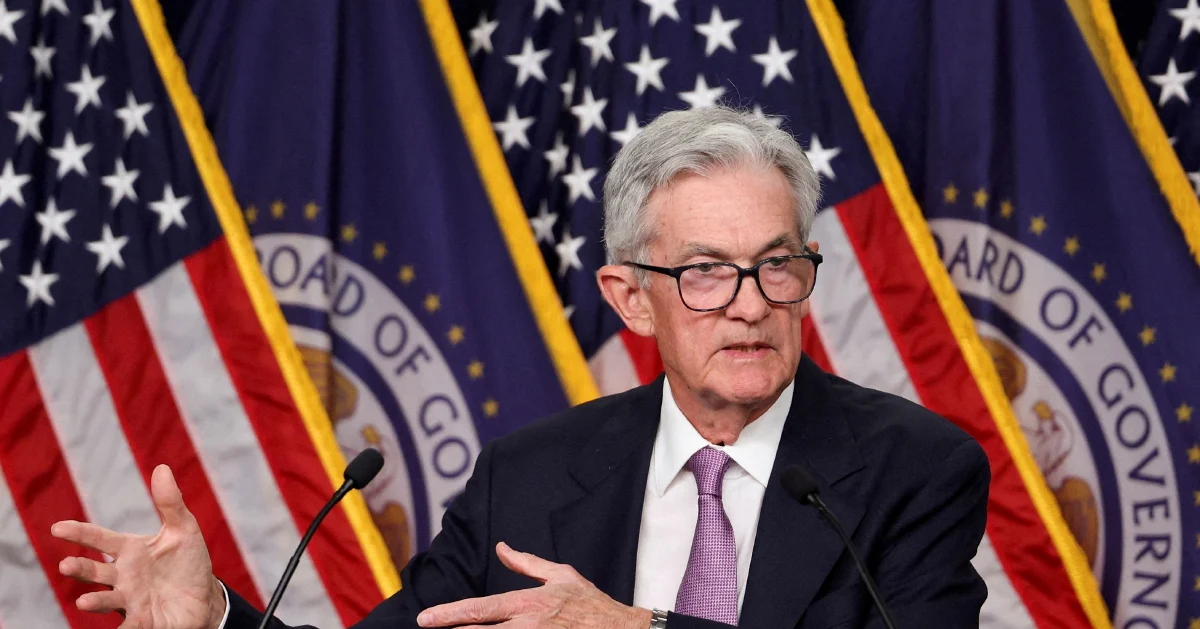




Leave a Reply